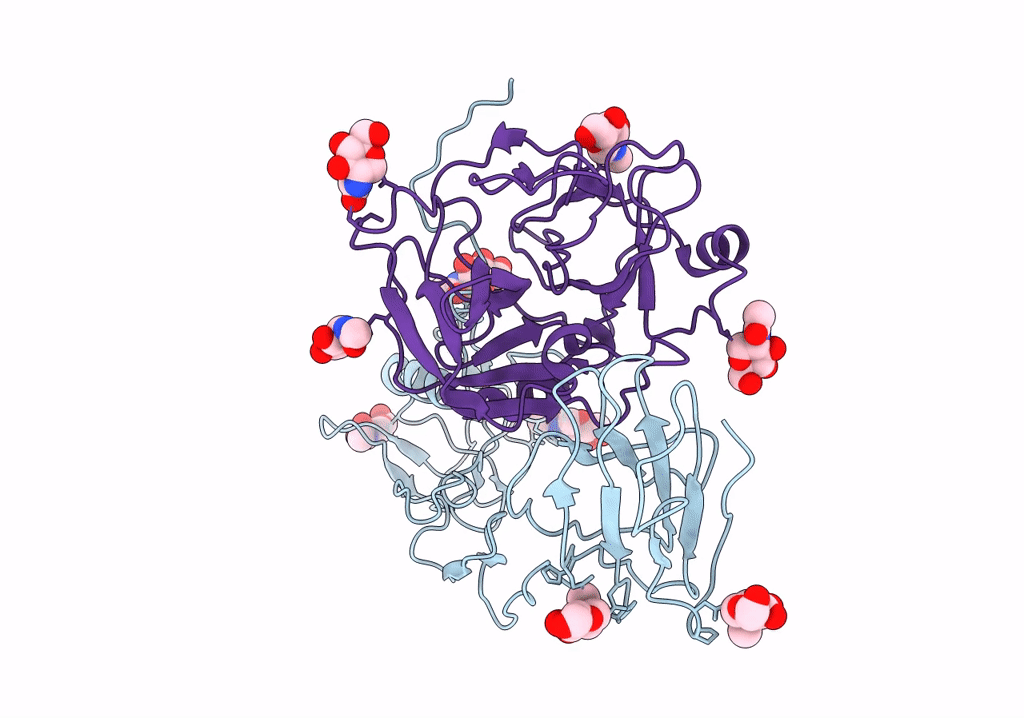
Deposition Date
2022-01-26
Release Date
2022-10-26
Last Version Date
2024-10-23
Method Details:
Experimental Method:
Resolution:
3.70 Å
Aggregation State:
PARTICLE
Reconstruction Method:
SINGLE PARTICLE


